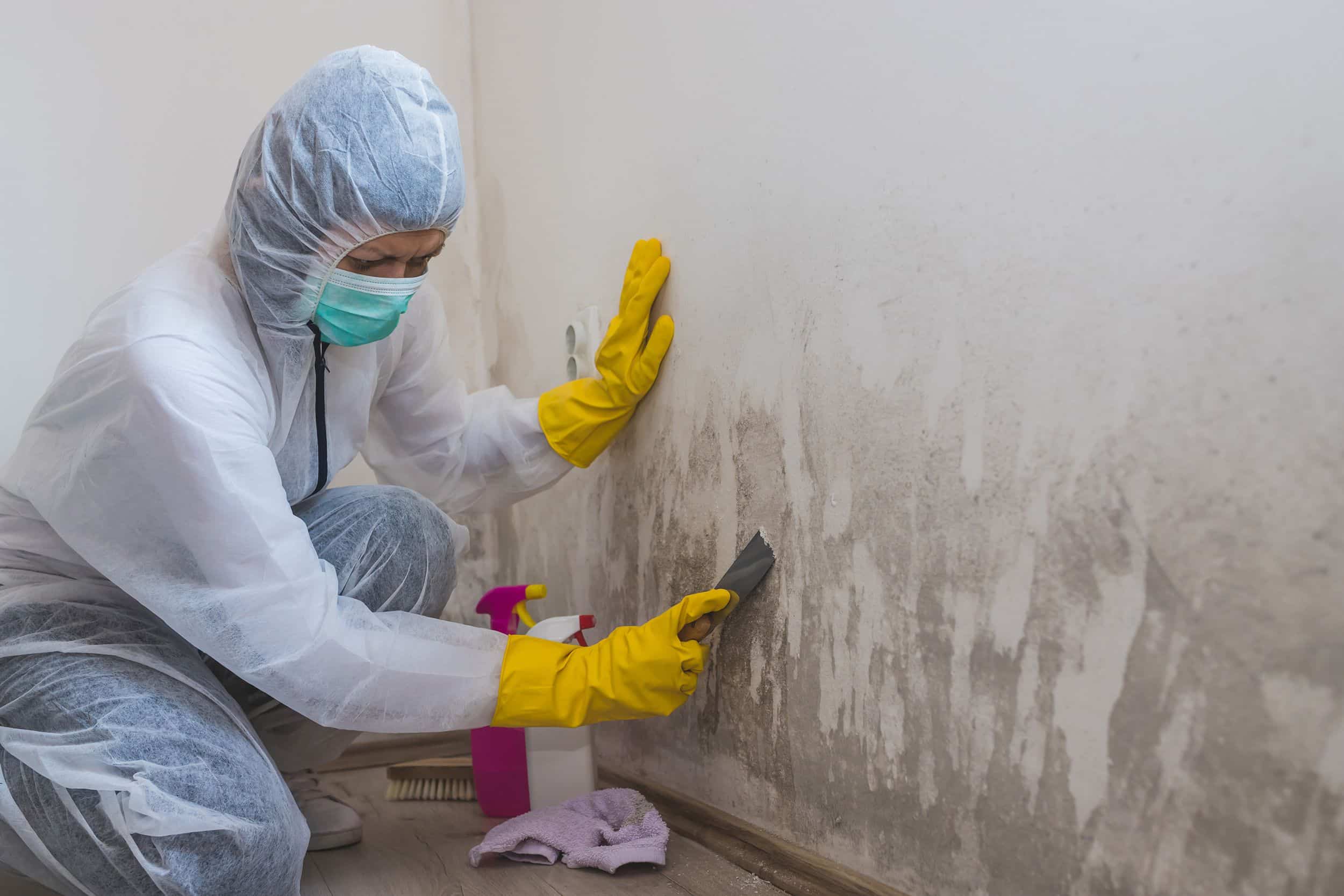Effective Blog Post Mold Removal Solutions for Your Home
Mold and mildew growth in homes can be a persistent issue, usually needing a systematic strategy for efficient post-remediation remedies. From recognizing the elements that add to mold growth to executing correct cleansing techniques and dampness control steps, the procedure can be elaborate yet critical for preserving a healthy living atmosphere. what to do after mold remediation.
Understanding Mold And Mildew Development Aspects
The primary element contributing to mold development is dampness. Mold and mildew spores call for dampness to sprout and grow, making humid or wet settings highly vulnerable to mold infestations.

Moreover, air flow and light exposure can affect mold development. Areas that do not have proper ventilation and natural light are a lot more susceptible to mold advancement. By dealing with these aspects thoroughly, individuals can properly minimize mold growth and protect their living atmospheres.
Appropriate Mold And Mildew Cleaning Techniques
Utilizing efficient cleansing techniques is essential in protecting against the recurrence and addressing of mold contamination in interior settings. The initial action in proper mold cleaning is to include the afflicted area to avoid the spread of spores to unpolluted locations.

Executing Wetness Control Procedures
To properly stop mold development and contamination in indoor settings, executing wetness control measures is extremely important. Furthermore, ensuring appropriate ventilation in locations susceptible to moisture buildup, such as bathrooms and kitchen areas, can help minimize the threat of mold and mildew growth. By carefully implementing these dampness control measures, home owners can effectively lower the likelihood of mold and mildew recontamination and keep a healthy interior setting.
Making Use Of Natural Removal Solutions
After successfully carrying out dampness control measures to stop mold and mildew development in interior environments, house owners can now discover the effectiveness of natural removal remedies in maintaining a healthy home. All-natural removal options utilize eco-friendly techniques to battle mold and mildew and mildew, making them a popular selection for those looking for non-toxic alternatives. One such service is utilizing vinegar, an all-natural antimicrobial representative, to clean and disinfect surface areas contaminated by mold. Simply thin down vinegar with water and spray it onto the influenced locations, permitting it to rest for a couple of hours prior to wiping tidy. In addition, tea tree oil, known for its antifungal residential or commercial properties, can be blended with water and sprayed onto mold-infested surfaces to prevent additional growth. Another natural choice is hydrogen peroxide, which can successfully kill mold on various surfaces without leaving hazardous residues behind. By integrating these natural remediation solutions right into their cleansing regimens, house owners can effectively battle mold and mildew development while promoting a healthier indoor setting on their own and their families.

Preserving a Mold-Free Setting
In order to stop mold and mildew reoccurrence and make certain click site a constantly mold-free setting, it is vital for homeowners to execute aggressive upkeep practices. Regularly checking locations prone to mold development, such as washrooms, kitchens, basements, and attic rooms, is essential. Addressing any type of leakages, water damages, or excess dampness without delay can significantly decrease the danger of mold and mildew development. After imp source mold remediation. Proper ventilation in locations with high moisture degrees is likewise vital to avoid mold growth. Making use of dehumidifiers or exhaust followers can aid keep ideal wetness degrees and inhibit mold and mildew spores from prospering.
In addition, maintaining cleanliness in the home is important for mold and mildew prevention. Maintaining indoor plants in check and guaranteeing correct drain in exterior landscape design can decrease moisture build-up, decreasing the probability of mold and mildew infestations.
Final Thought
In verdict, it is crucial to attend to mold growth elements, make use of appropriate cleansing methods, implement dampness control steps, make use of all-natural remediation remedies, and preserve a mold-free setting in order to successfully deal with article mold removal in your home - After mold remediation. By complying with these approaches, you can avoid mold and mildew from recurring Read Full Article and make sure a healthy and balanced living atmosphere for you and your family
The main aspect contributing to mold development is dampness. Mold spores require dampness to germinate and grow, making moist or moist atmospheres highly prone to mold and mildew infestations.To efficiently protect against mold growth and contamination in indoor atmospheres, executing wetness control actions is paramount. Additionally, guaranteeing correct air flow in locations prone to moisture accumulation, such as kitchen areas and restrooms, can assist minimize the danger of mold and mildew development.After efficiently applying dampness control actions to prevent mold and mildew development in interior settings, homeowners can currently discover the performance of all-natural removal options in preserving a healthy living space.